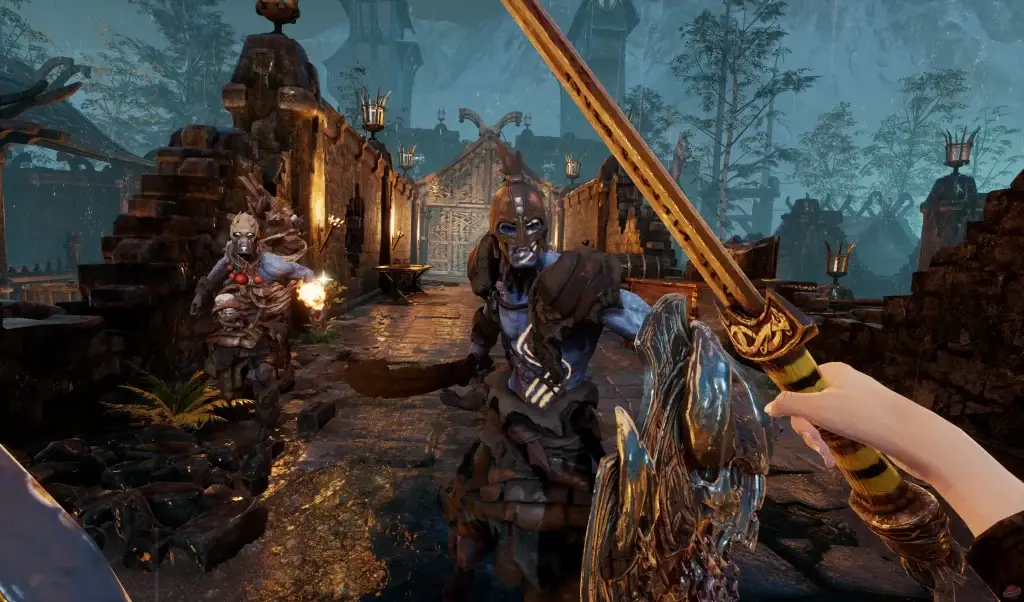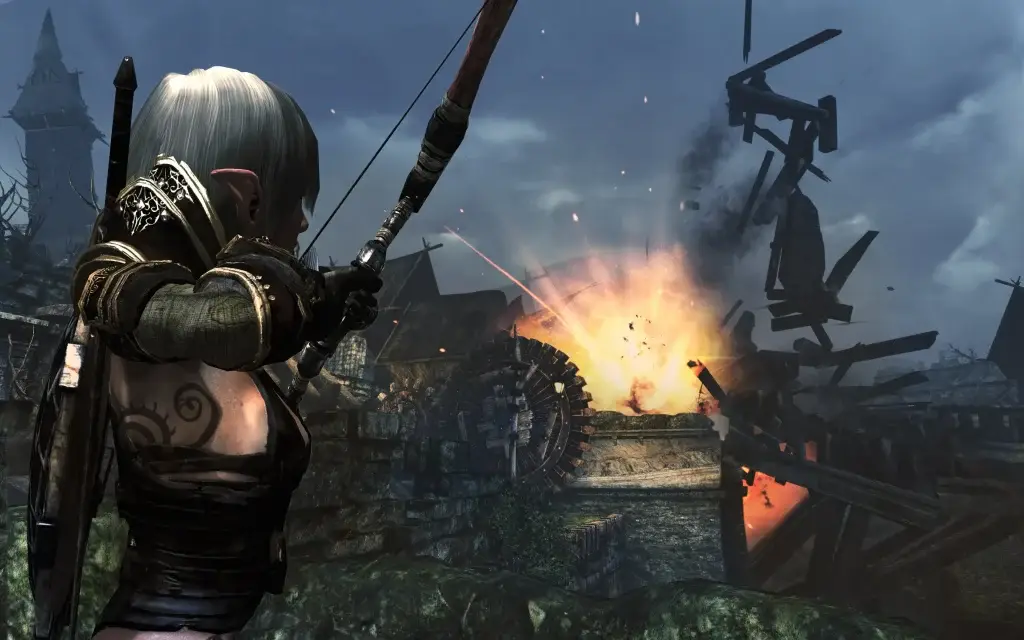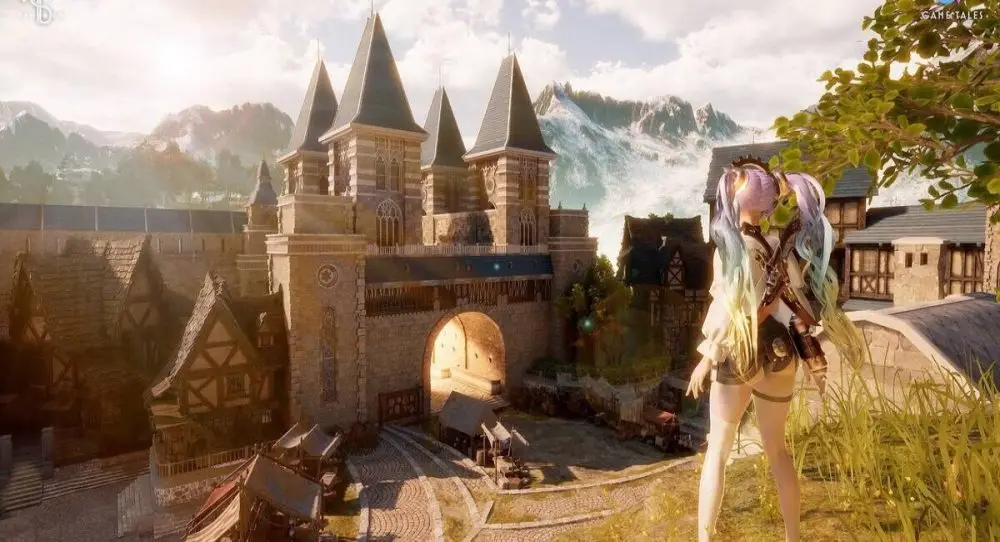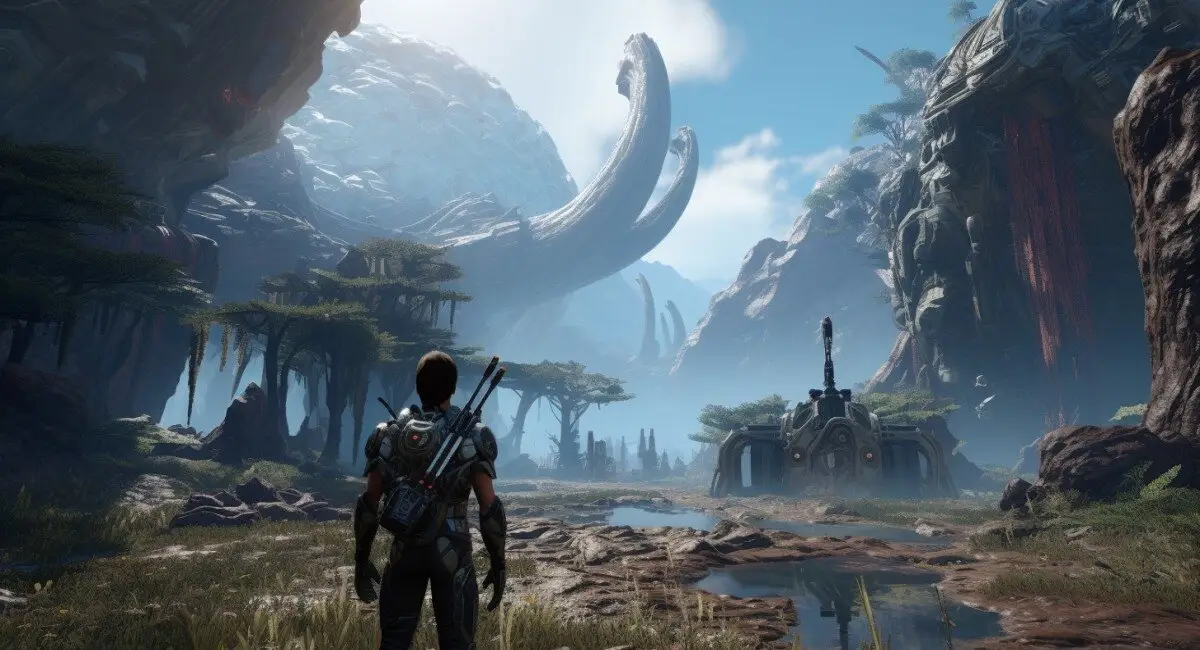Role-playing games remain one of the most beloved genres for millions of gamers around the world. From battles in magical universes to intriguing dialogues with NPCs, the TOP 10 RPG games of 2024 promise to capture your imagination and give you hours of amazing adventures. This review contains the best projects: both for single-player play and for joint runs with friends.
The best role-playing games of 2024
The top best RPGs offer players not only exciting adventures, but also completely new experiences thanks to technology and innovation. The projects amaze not only with their scale, but also with the depth of development of worlds, characters and interactive capabilities.

Innovative RPGs
These concepts have raised the bar for quality to a new level, and all this thanks to innovative mechanics and technologies:
- AR elements and unique combat mechanics: Shadow Reality actively uses augmented reality, where players can see objects and characters right in their living room using a special application. These elements are not just decorations – the enemies you see on the screen affect the gameplay, and enemy attacks require a physical reaction, which adds adrenaline and involvement to the gameplay.
- Advanced NPC intelligence: in the RPG Soul’s Whisper, the developers use machine learning algorithms, which makes the NPCs as realistic as possible. Each NPC remembers actions, reacts to them, and even influences the plot.
Exciting open-world role-playing games
The leaders of the top best open-world RPG games give a feeling of a real adventure, where everything depends only on the user. From picturesque landscapes to a huge number of hidden quests – all this makes exploring the world a truly exciting process.
- Open world and interactivity: Echoes of Vastlands offers a huge continent to explore, where each city and village lives by its own rules. Interactive NPCs are not just figures, but real residents, each of whom has a schedule, dreams and fears. For example, a blacksmith in the city of Mardon might ask for help in protecting his forge if the crime rate is rising.
- Freedom of choice and influence on the world: Legacy of Titans allows users to decide the fate of entire kingdoms. Every decision, from choosing allies to fighting for cities, affects the appearance of the world and its state. For example, if a participant chooses to maintain peace between two warring nations, this changes the economy and the amount of available resources.
RPG rating: from classics to new releases
 Role-playing games are constantly evolving, but the classics remain in the hearts of many gamers. These projects have shown that classic mechanics and a well-developed plot remain attractive to a wide audience.
Role-playing games are constantly evolving, but the classics remain in the hearts of many gamers. These projects have shown that classic mechanics and a well-developed plot remain attractive to a wide audience.
Top classic RPG games that remain relevant
Stories and well-developed worlds make these concepts true masterpieces that remain relevant even after decades:
- Everlasting classics: Dragon Age: Origins remains one of the most beloved RPGs of all time. A deep story, characters with personalities, and a large choice of influence on events make it an enduring classic. The leveling system includes unique specializations for each class, which allows you to create unique combinations of skills.
- The return of the immortal plot: Baldur’s Gate II again receives recognition in 2024 thanks to its remaster. The game now supports 4K resolution and redesigned hero models,.
Top New RPG Games of 2024 That Will Take Your Breath Away
The projects stand out not only for their stories, but also for their new mechanics that make each gaming session special.
- Forgotten Myths: An innovative RPG that includes elements of card strategy, allowing players to assemble decks of spells to fight enemies. Each battle is different thanks to random card generation and a variety of strategies that can be applied.
- A New Era of Realism: Shadows of Eternity surprises with a deep system of emotional connections between characters. Players can build relationships with NPCs, which opens up unique quests and affects the final events of the game. For example, a character with whom a friendly relationship has been established can come to the rescue at a critical moment with unique bonuses.
The RPG rating of 2024 rightfully includes these games, because they offer not only high-quality graphics and well-developed gameplay, but also new mechanics that can surprise even the most demanding players.
TOP RPG games for all types of players
The games discussed below are ideal for both single-player adventures and joint travels with friends.
The projects allow you to fully immerse yourself in the atmosphere of adventure and experience deep stories full of emotions and complex decisions:

- Together in Arms: a cooperative RPG for up to 4 players, where each participant chooses their own specialization – from a warrior to a healer. Teamwork is crucial here, especially in boss battles, where only joint actions lead to victory.
- The single-player adventure Hero’s Path is famous for its attention to detail and unusual puzzles that must be solved to move along the plot. Each quest includes unique mechanics, where success depends on logical thinking and the right choice of partners to complete the task.
Conclusion
 The top best RPG games of 2024 offer a wide choice for every gamer – from single deep stories to cooperative adventures with friends. The projects create unique experiences, allowing users to not just control a character, but to become part of a living, breathing world. Innovative mechanics, deep storylines, and vivid heroes make each of these concepts special and unforgettable.
The top best RPG games of 2024 offer a wide choice for every gamer – from single deep stories to cooperative adventures with friends. The projects create unique experiences, allowing users to not just control a character, but to become part of a living, breathing world. Innovative mechanics, deep storylines, and vivid heroes make each of these concepts special and unforgettable.
 en
en  ru
ru  de
de  ar
ar  es
es  hi
hi  fr
fr  nl
nl  it
it  pt
pt  el
el 









